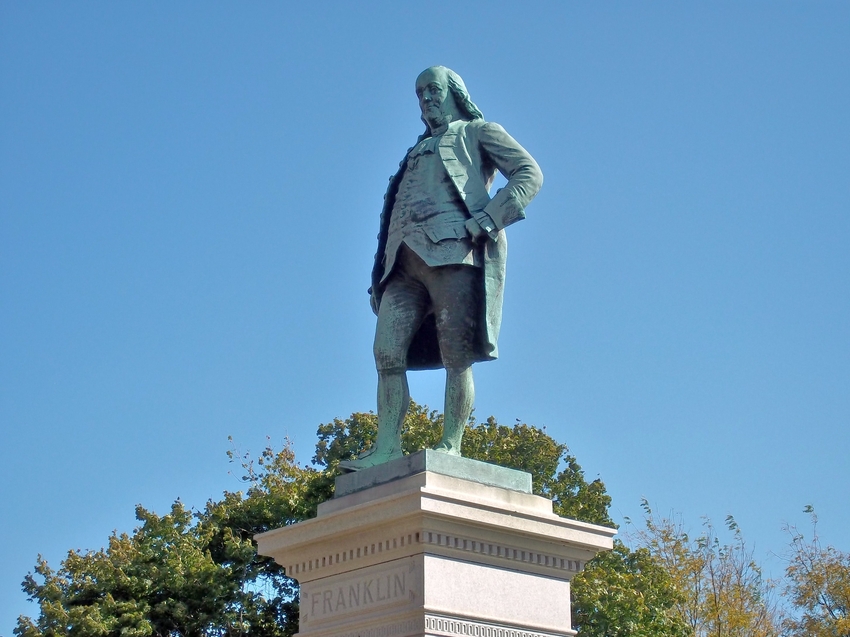
We promised to donate $500 to the Boys and Girls Club of America if at least 300 respondents were able to get all three questions correct in our July 4 quiz. And we promised another $500 if at least 1776 people took the quiz. The results: 139 got all three correct from the 1646 that answered the quiz.
Alas, we fell short on both counts, but we did still donate $500 to the Boys and Girls Club. Please read on for a recap of the quiz questions and answers.

The first question was: “Which of New Hampshire, Vermont, Rhode Island, South Carolina, and Georgia was NOT oneof the original thirteen colonies?”
The correct answer is Vermont, which was the top vote getter at 38% (625 people). George, at 35%, received the 2nd most selections.
Vermont was part of New York in 1776. It became the 14th state in 1791, admitted as a counterweight to slaveholding Kentucky, which became the 15th state in 1792.

The second question was: “From among ‘My Country Tis of Thee’, ‘The Star Spangled Banner’, and ‘America the Beautiful’ for which was the melody NOT originally published in a British song?”
The correct answer is “America the Beautiful”, which received the 2nd most votes at 41% (674 people). The top vote getter, with 47%, was “The Star Spangled Banner.”
The tune of "My Country, Tis of Thee" was originally (and still now) that of the British national anthem "God Save the King." The music for "The Star Spangled Banner" began as a popular 18th century British song "To Anacreon in Heaven." Anacreon was a poet in 5th century BC Greece, famous for his drinking songs and erotic poems. The Anacreontic Society was a gentleman's club of amateur musicians in London founded in 1766 and was dissolved in 1792 due to "internal decay."

The third question was “Who among George Washington, Alexander Hamilton, Thomas Jefferson, John Adams, John Hancock, and Ben Franklin signed both the Declaration of Independence and the Constitution?”
The correct answer is Ben Franklin, who was chosen by 22% (362 people), 2nd most behind Jefferson’s 31%.
The other dual signers are Roger Sherman, George Clymer, Robert Morris, James Wilson, and George Read.
Alexander Hamilton did not sign the Declaration, nor did he help draft it — he was 19 in 1776. George Washington did not sign the Declaration, as he was in New York City, not Philadelphia, as Commander of the Continental Army in July 1776, defending it from the British. Both signed the Constitution.
Jefferson and Adams both signed the Declaration, but did not sign the Constitution as they were on diplomatic missions in Europe. Hancock of course signed the Declaration, but had health issues by 1787, and was not in the Massachusetts constitutional delegation.

If one was to consider at the probabilities of someone getting all three correct given the percentages that actually got each correct, one might be tempted to multiply 38% x 41% x 22% which equals 3.4%, and applied to 1646 = 56 people. Yet we had nearly 3x that number get all correct.
This is because getting one question right is not independent of getting another question right, i.e. getting Question 1 right and getting Question 2 (or 3) right are dependent events.
In other words, the questions all pertain to a single domain, US history, so someone getting Question 1 right makes them more likely to get the the subsequent questions right than someone who got Question 1 wrong. But alas of the 1105 who got at least one question right, only 139 got all three, a mark of how much guessing went into getting any of the questions correct. TLDR; the questions were hard, and well done to the 139 that got all three correct!
